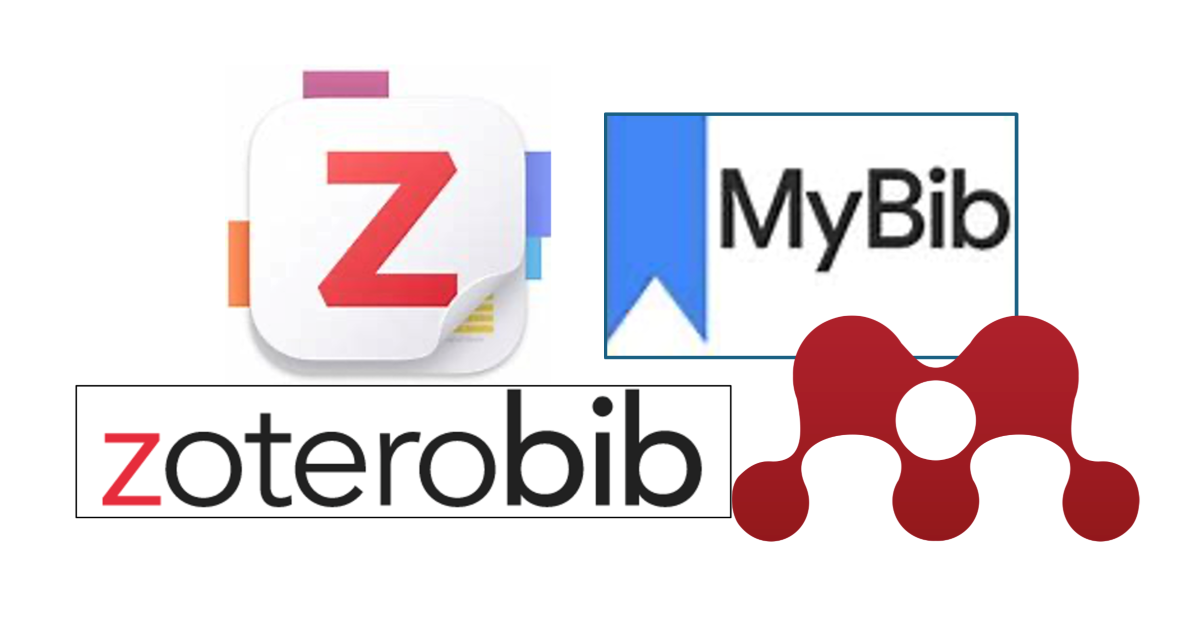What leadership skills are required to meet the demands of digitalisation?
16/04/2024

Digital ecosystems are shifting the dynamics of the world as we know it. With digitalisation being a norm in the software industry, there is currently a rapid rise in its translation into engineering industries. Evolving concepts of Industry 5.0 or 5IR, together with the tremendous growth in demand from the evolving super smart society of the future or the Society 4.0, make it clear that digital disruption is on the rise with transformation becoming the requirement of the hour.
As more and more organisations, ranging from governments (UK Digital Strategy) to public organisations (infrastructure development and management), through to heavy engineering industries, turn to digitalisation, digital leadership skills are the requirement of the hour. This is what the Centre for Digital Engineering and Manufacturing (CDEM) at Cranfield focuses on.
With a grand vision of becoming the foremost digital technology and management provider in the world, researchers are actively looking at not just developing cutting-edge technologies such as digital twins (a dynamic representation of a physical asset), but also progressing the community through its upskilling and outreach activities supporting individuals and organisations across all levels (apprentices through to senior executives).
The challenge
The significant rise in computational power, combined with the maturity in digital technologies and artificial intelligence, is pushing the boundaries of how we conduct business today. For instance, think about how we used to conduct our banking operations, be it handling cash or depositing a check. The way we complete purchases (online, contactless, mobile) has transformed, which directly emphasises the impact digitalisation has enabled through network connectivity, secure digital infrastructure including compliance, and enhancement of business functions (open banking initiatives).
Having said this, it is of utmost importance to understand the difference between digitisation and digitalisation. While the former is the creation of a digital record, the latter is the process of how we can converge processes and records to achieve a purpose. This aspect is extremely attractive to organisations as technology infrastructures such as super computers could help reduce the current process burden by transforming the way we do things without changing the primary purpose of the task (i.e., check depositing in a bank branch vs depositing via a secure banking app).
However, to translate this to an engineering problem, for instance maintenance and service of an aircraft engine, it becomes a challenge. Where the organisation is working hard to achieve a level of asset operability driven by aspects of reliability and availability, there is significant interest in creating decision systems that can automate and improve the overall performance reducing not just human intervention but the overall asset maintenance downtime. Can this be an answer to our future requirements and means to achieve sustainability targets? If so, how do we do this?
The solution pathway
At CDEM, the research focus is on understanding the fundamental purpose together with the current processes in place. This helps build a requirement specification that includes resources including people, thus becoming the second pillar. Both the process and people requirements are then approached through a digital turnkey solution that could be scaled up transforming the way we conduct business today. This is demonstrated using the following case study.
Case study: Automated knowledge extraction [1]
Maintenance of assets such as aircraft engines is tedious, where every engine is disassembled as part of their maintenance protocol (C&D checks) and every component is checked for compliance – i.e., if the component is damaged or not, and what would the performance of that component be if it were to be put back into the engine. Part of this tedious activity is the ability to measure, record and assess the structural integrity of the part and in turn its contribution to the overall reliability of the asset. Such information is recorded and stored within a database and used for trend mining to understand their maintenance requirements. If the components rejection rate is higher than the acceptance rate, organisations tend to conduct a root cause investigation, and this involves experts conducting a detailed review of the records to date. Mining this information becomes a huge challenge as it is not just time consuming but also extremely difficult to process the information to make an informed decision.
In order to help address this particular issue, researchers at Cranfield looked at text mining approaches using transformer-based algorithms. The result was the production of a framework that can be used to not just digitalise the knowledge extraction but also extract knowledge and represent it in the form of a knowledge graph. This knowledge graph does not just host the relationship between the terms of interest (for instance, material component degradation) but also holds associated data in the form of a network that multiple stakeholders and end users can extract information from. This significantly enhances the overall datamining activity of the organisation, without which a human expert must be employed to manually mine copious amounts of data.
So, what?
Okay, technology development is definitely important, but how do you enable this across your workforce? It is like asking an individual to build a house without giving him relevant resources. This is exactly the initiative CDEM have taken up by creating a part-time MSc programme on Digital and Technology Solutions. Through this course, we can offer the knowledge, skills and behaviours required by individuals to undertake these digital transformation projects. Over a period of 24 months, the individuals learn the core digital and technology tools and also demonstrate their learning through active business projects (purpose, requirements, build and evaluation). This is now transforming the business space where a diverse cohort of individuals coming from different organisations come together on a problem-based learning method to tackle real-world challenges.
Where is leadership and innovation in all this?
The sections above show the two main streams of how we undertake digitalisation and use learning to create talent within the workforce. While these are delivered through bottom-up approaches, there is still the challenge of addressing and architecting the requirements of the future. These activities are extremely important and are both time and resource consuming with most part of the burden being taken up by the industry.
Further, the functional requirements and capabilities have not fully translated into a service offering. With multiple examples of failures in digital transformation due to not meeting the requirements, misalignment with the purpose and/or technical challenges due to business readiness and/or an unfavourable market, senior management are either slow or delaying decisions as the impact of such initiatives are yet to be fully understood. While the general consensus is to support digitalisation, the transformation is slow and directly associated with the leadership’s vision.
Further, with organisations struggling to cope up in the geo-political and socio-economic context, the drive is now to upskill the senior management to help them understand the technicality of the solution offering. Comprising of cohorts of Gen X, Gen Y, and millennials, CDEM are now delivering an eight-week short course on Digital Twins for Senior Leaders, which upskills current and future industry leaders from engineering organisations to understand how the future landscape could change. This course, offered in partnership with the Digital Twin Hub delivering training in-line with the Gemini skills training programme, allows the demonstration of a top-down approach whereby senior leaders are informed of the business value of digital transformation. The leaders join a cohort of leaders coming from different organisations having different challenges in an open-discussion virtual platform to learn the theory combined with their shared experiences based on their real-world efforts.
Digital leadership is evolving rapidly, and innovating leadership practices through technologies that are not just delivered to fulfil the organisation’s purpose (achieved through a collective vision and strategy) but also caters to an individual’s ever-growing requirements reduces uncertainty in decision-making when it comes to digital transformation. The future is now, innovation is no longer an option, and leadership is all that propels us towards the state of modern being.
References:
Categories & Tags:
Leave a comment on this post:
You might also like…
A beginner’s guide to sourcing a company beta
Beta is the measurement of a company’s common stock price volatility relative to the market. If you’re trying to find a current beta for a company there are a number of places to look. These ...
Credibility, confidence and collaborative focus: The impact of studying for a sustainability apprenticeship at Cranfield
For participants on Cranfield’s Sustainability Business Specialist Apprenticeship, it doesn’t take long for their studies to start to have an impact, with that impact ranging from personal growth and career progression, to organisational effect ...
Meet Mendeley: a powerful referencing tool that does the hard work for you!
Are you looking for a way to manage your references, create in-text citations and reference lists for your assignments or thesis? If so, you may wish to consider using Mendeley. What is it? Mendeley is ...
Adding documents to your Mendeley account
To make the most of a Mendeley account, it is useful to create and maintain a ‘Library’ of references. You can add references and documents to this Library in a number of ways: 1) Drag ...
Choosing the right reference management tool for you…
Are you thinking about using reference management software to help you manage your references? The Library is here to help you. While Mendeley has been our go-to reference management software for some years, we've recently ...
Cranfield Seed Fund recipient, Cosysense, are using AI to solve air conditioning problems and provide a net zero alternative
If you’ve ever worked in an office environment you’ve probably been involved in, or overheard, a conversation about the air conditioning. Well, it’s no surprise it’s a common complaint when research shows that up ...







